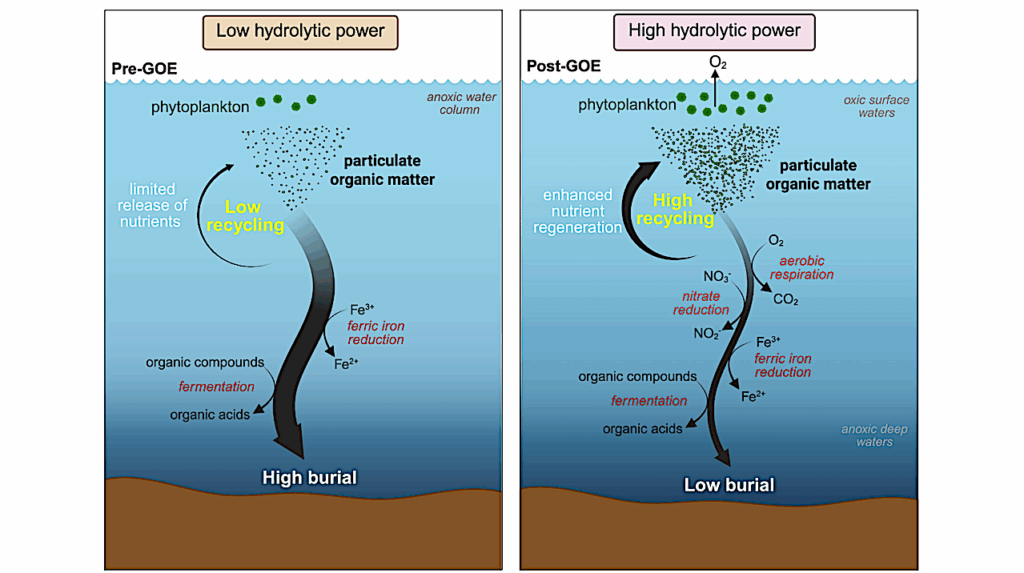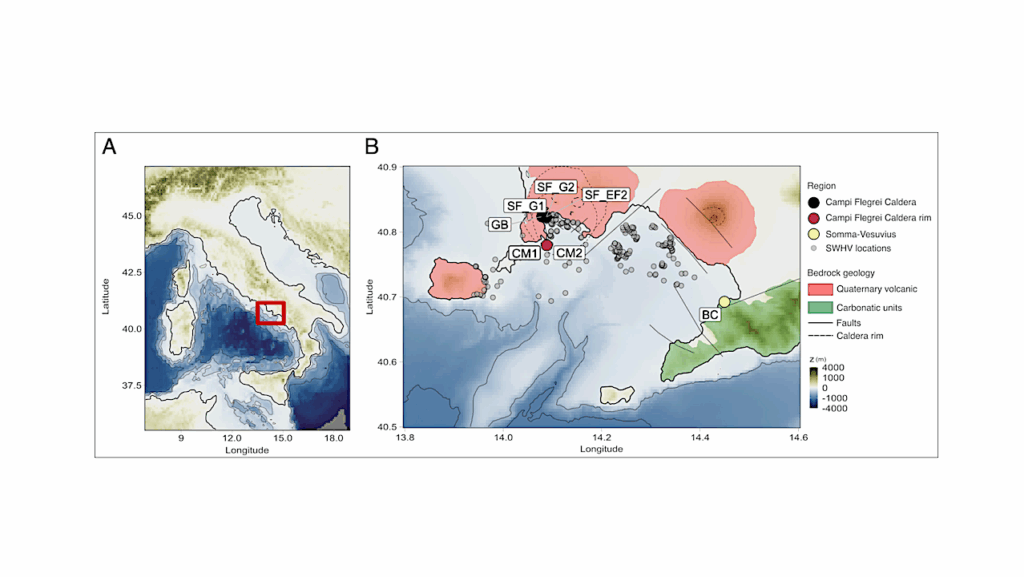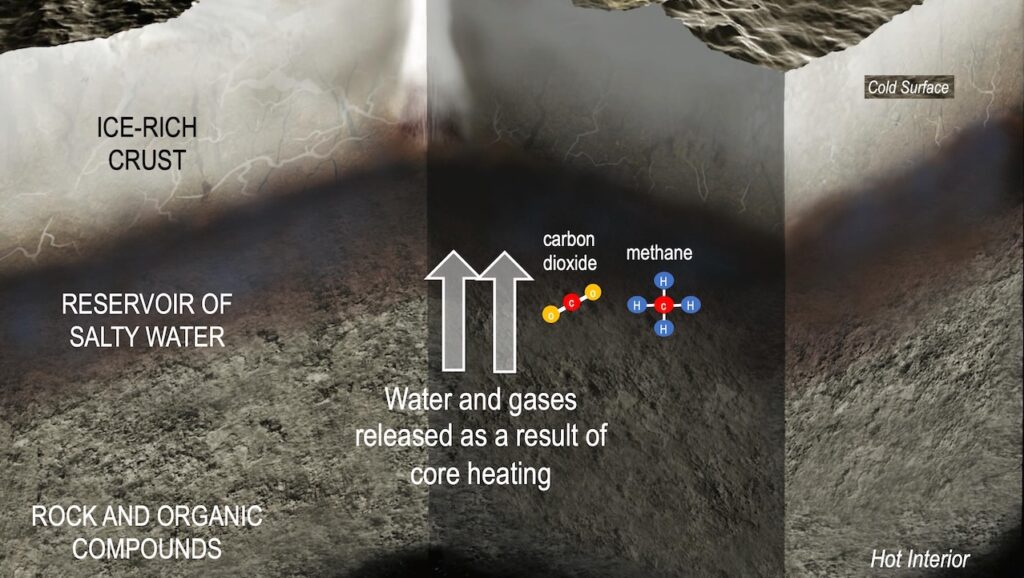TOI-712: A System Of Adolescent Mini-Neptunes Extending To The Habitable Zone

As an all-sky survey, NASA’s TESS mission is able to detect the brightest and rarest types of transiting planetary systems, including young planets that enable study of the evolutionary processes that occur within the first billion years.
Here, we report the discovery of a young, multi-planet system orbiting the bright K4.5V star, TOI-712 (V=10.838, M⋆=0.733+0.026−0.025M⊙, R⋆=0.674±0.016R⊙, Teff=4622+61−60 K). From the TESS light curve, we measure a rotation period of 12.48 days, and derive an age between about 500 Myr and 1.1 Gyr. The photometric observations reveal three transiting mini-Neptunes (Rb=2.049+0.12−0.080R⊕, Rc=2.701+0.092−0.082R⊕, Rd=2.474+0.090−0.082R⊕), with orbital periods of Pb=9.531 days, Pc=51.699 days, and Pd=84.839 days.
After modeling the three-planet system, an additional Earth-sized candidate is identified, TOI-712.05 (P=4.32 days, RP=0.81±0.11R⊕). We calculate that the habitable zone falls between 0.339 and 0.844 au (82.7 and 325.3 days), placing TOI-712 d near its inner edge. Among planetary systems harboring temperate planets, TOI-712 (T=9.9) stands out as a relatively young star bright enough to motivate further characterization.
Sydney Vach, Samuel N. Quinn, Andrew Vanderburg, Stephen R. Kane, Karen A. Collins, Adam L. Kraus, George Zhou, Amber A. Medina, Richard P. Schwarz, Kevin I. Collins, Dennis M. Conti, Chris Stockdale, Bob Massey, Olga Suarez, Tristan Guillot, Djamel Mekarnia, Lyu Abe, Georgina Dransfield, Nicolas Crouzet, Amaury H. M. J. Triaud, François-Xavier Schmider, Abelkrim Agabi, Marco Buttu, Elise Furlan, Crystal L. Gnilka, Steve B. Howell, Carl Ziegler, César Briceño, Nicholas Law, Andrew W. Mann, Alexander Rudat, Knicole D. Colon, Mark E. Rose, Michelle Kunimoto, Maximilian N. Günther, David Charbonneau, David R. Ciardi, George R. Ricker, Roland K. Vanderspek, David W. Latham, Sara Seager, Joshua N. Winn, Jon M. Jenkins
Comments: 20 pages, 11 figures, 5 tables, submitted to AAS Journals
Subjects: Earth and Planetary Astrophysics (astro-ph.EP)
Cite as: arXiv:2111.02416 [astro-ph.EP] (or arXiv:2111.02416v1 [astro-ph.EP] for this version)
Submission history
From: Sydney Vach
[v1] Wed, 3 Nov 2021 18:00:01 UTC (5,401 KB)
https://arxiv.org/abs/2111.02416
Astrobiology








